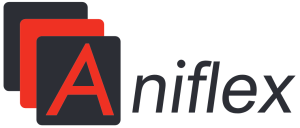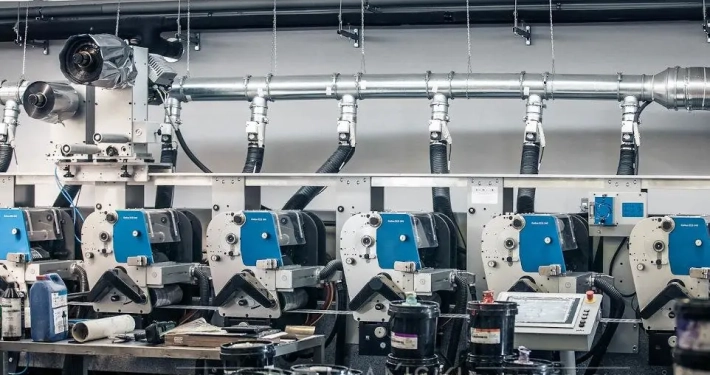Flexographic printing is one of the printing methods perfectly suited for high volume printing of packaging and labels. Flexographic technique makes is possible to obtain the effect of convex text, it is very decorative and aesthetic, which is why it is willingly used by manufacturers of food, cosmetic, pharmaceutical and many other mass-produced products. We explain what flexographic printing is and when it is worth using. Check it out!
What is flexography?
It is a printing technique that uses fluid, fast-drying inks. The name itself comes from the Greek “flekso”, i.e. flexible. A flexographic printing house uses special flexible plates that allow for a convex printing effect.
The origins of this method date back to the mid- 1850s. Already in 1853, the world’s first flexible plate for a rotary printing machine was produced in the USA. However, this solution only started to be used on a large scale in the 1930s, which is when the metal font was replaced by a special plate made of vulcanized rubber. At work, special fast-drying inks were also used.
Currently, printing houses most frequently use polymer printing plates. Thanks to their flexibility, it is possible to obtain excellent print quality even on uneven surfaces. This makes the flexographic technique universal and allows for the production of decorative packaging made of various materials (e.g. foil or corrugated cardboard), as well as those with original shapes.
Modern printing machines offer high printing resolution – similar to the popular offset printing. In addition, they can be equipped with units for varnishing the surface or making additional print enhancements. Flexography has great potential in the packaging industry.
Flexographic technique – when is it worth selecting?
Professional printing houses usually recommend flexography as a certain alternative to e.g. screen printing. This solution is characterised by “cost attractiveness” for high volume production. This fact makes flexographic printing popular with manufacturers who need batches of thousands or even millions of labels or packaging. Modern flexographic labels are distinguished by their high printing quality, excellent legibility of texts and a wide selection of enhancements used. A large portion of labels and packaging available on the market is produced using flexography.
Flexographic printing is ideal for the production of labels and various types of packaging:
- elastic,
- cardboard,
- carton,
- plastic,
- shrink-wrap.
This method conquers the market not only due to the combination of good quality and cost optimisation of high volume production. Environmental considerations also have a large impact on its popularity. The flexographic printing house can use special ecological raw materials and water-based inks to print labels or packaging, thereby reducing the harmful impact of packaging on the environment
The advantages of flexographic printing
Modern flexography offers a wide range of benefits. It makes it possible to:
- reduce costs while maintaining good quality,
- make prints on a variety of substrates (including ecological materials, metallised or ultra clear films),
- obtain labels and packaging that stand out on store shelves – all you need is an interesting graphic design and a catchphrase,
- apply decorations, enhancing, scented, structure varnishes,
- use non-standard inks, including temperature sensitive inks.
Looking for the most optimal printing technology for high volume label batches? Feel free to contact us. We deliver flexographic labels to Customers from Łódź, Warsaw and all other cities and towns.

